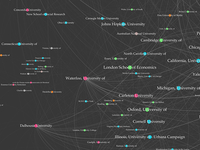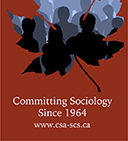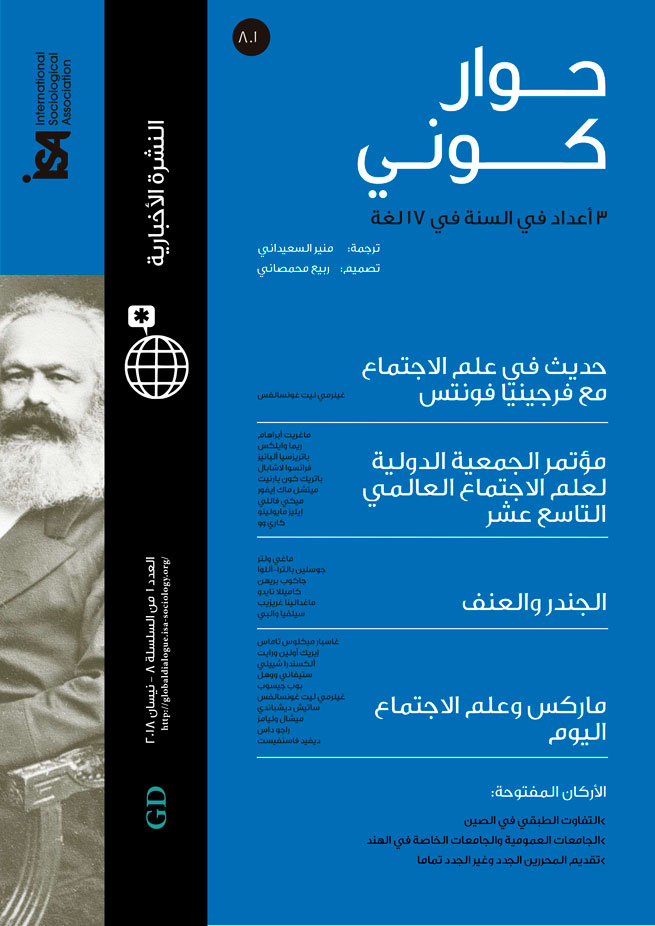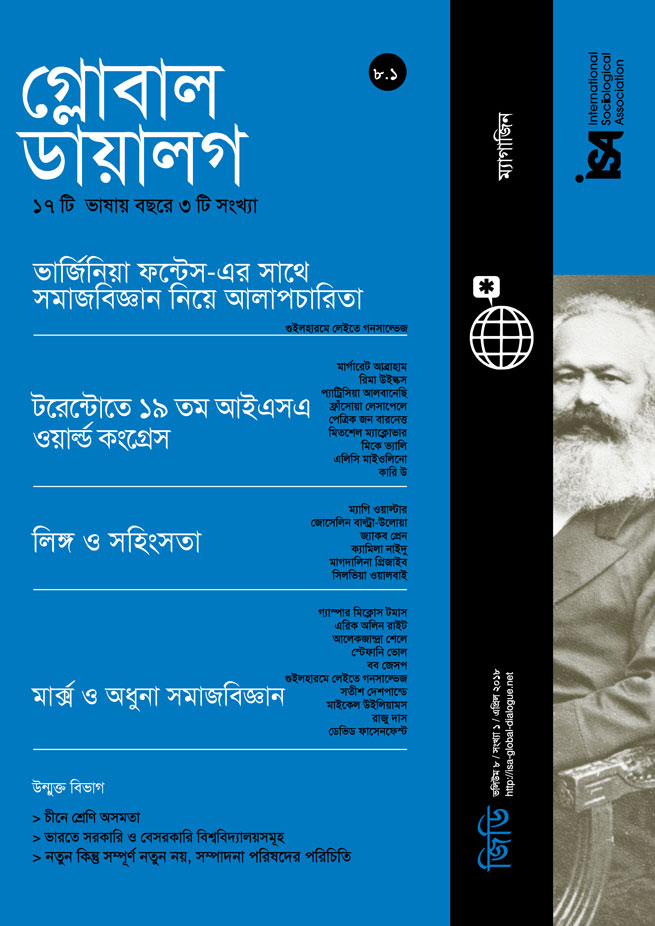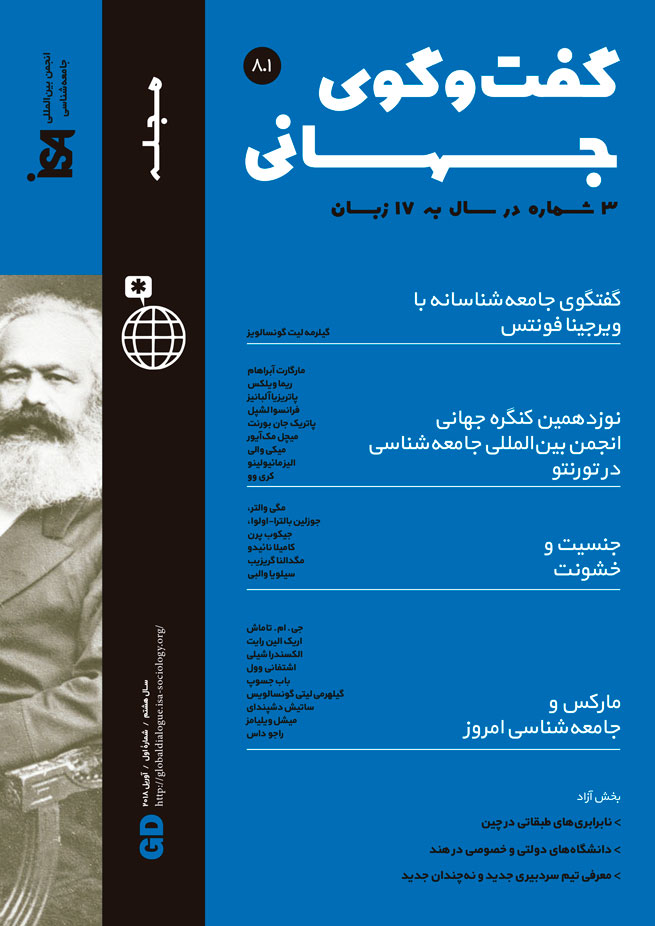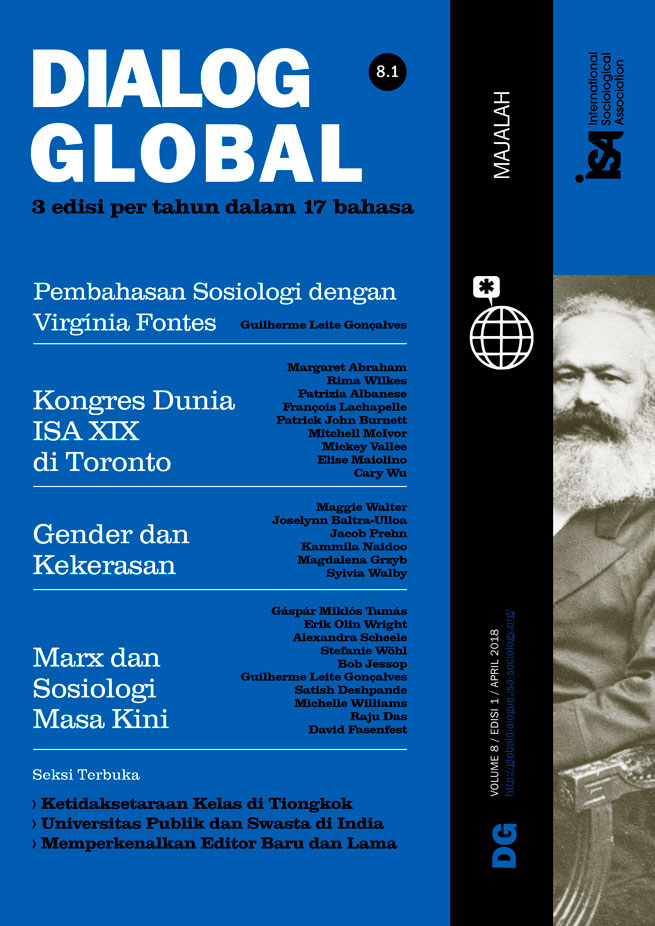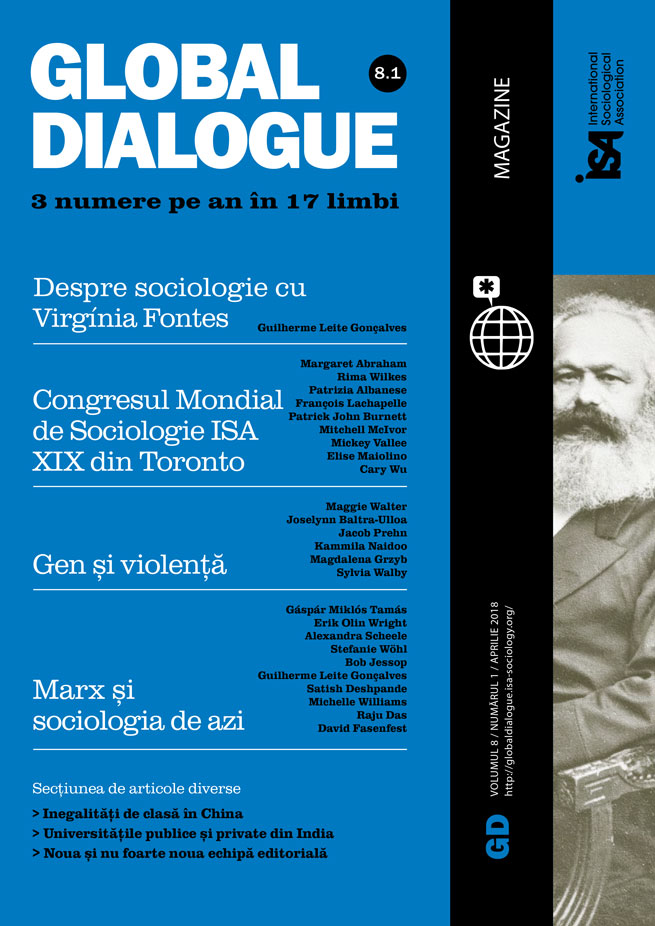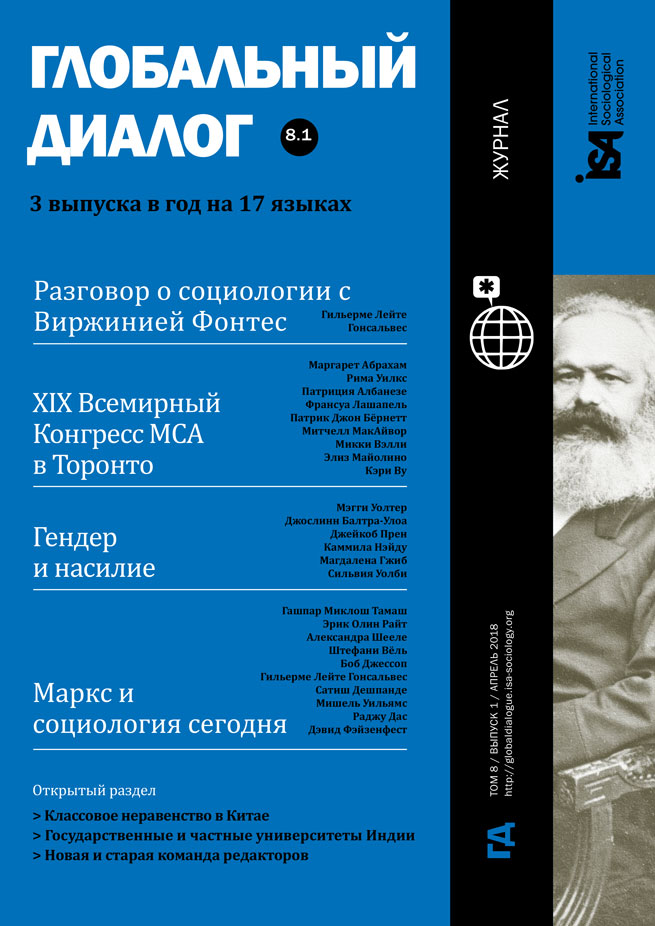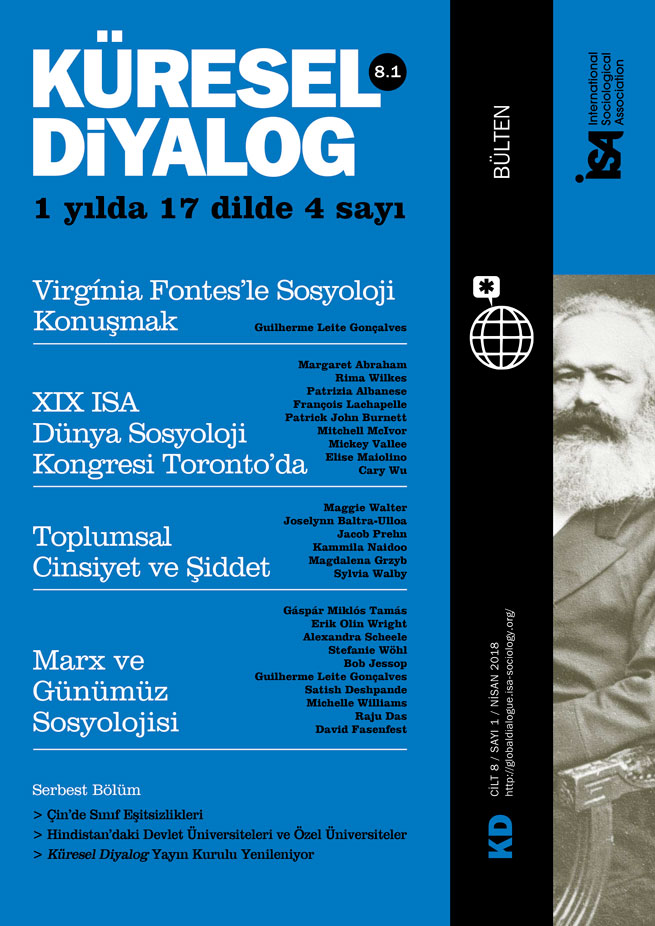When I’m stuck in my writing, I go for a hike. I live in a remote area of Canada, within walking distance from creeks, rivers, mountains, and wildlife. I like to listen to birds on these hikes. Red-winged black birds, nightjars, ravens, crows, and yellow warblers fire their calls and their songs through the trees, more audible than visible. Intent on capturing some of these mobile serenades, I recently downloaded an app for my iPhone, Song Sleuth, which records and automatically identifies birdcalls. It is designed by Wildlife Acoustics, based in Boston, Massachusetts. Using this app, I can record birds, identify them, and send those recorded sounds (including a GPS coordinate) to others on email or messaging, connecting these embodied and highly personal experiences to a global network of bioacoustics researchers and amateur bird listeners like myself.
The app uses simple bioacoustics technology, an efficient detection tool for giving early warnings about species in need of conservationist intervention. Tracking the sounds of birds makes it easier for global researchers to get a “big picture” of populations at risk, migratory patterns, and mate selection behavior. Thus, the simple acts of listening, being still, and taking account of the sounds around you, can have an immediate and long-lasting impact on professional scientific research.
Academic and professional research teams in bioacoustics consist of many funded researchers, who collect and analyze data, and disseminate their research findings. However, citizen scientists like myself who upload data recorded during leisure hours are now seen as key players in widening research teams on a global scale. Research teams that make considerable use of data from citizen science, such as Cornell University’s Macaulay Library, corroborate that research data from public contributions arrive at a much faster rate than ever before.
Regardless of their scientific contributions, citizen scientists also experience significant health benefits: they hike in the great outdoors and enjoy the privilege of seeing, hearing, and recording organisms whose survival is under threat and whose presence is not readily apparent in everyday life. Children, especially, experience enriched connections with nature, and adults spend more of their leisure hours being physically active. Citizen science thus contributes to a non-sedentary lifestyle.
Aside from good health, some researchers praise citizen science for contributing to a growing sense of awareness about environmental problems. Other researchers argue that while awareness is certainly an ideal outcome of citizen science, it is paradoxically a challenging one to measure. Various studies have, however, proven that sound-based methods of empirical exploration, such as bioacoustics, are linked with a meaningful awareness of space. Thus, including citizen scientists in bioacoustics research is a practical and cost-efficient means of including global and local populations in a method that contributes to spatial (and, by extension, environmental) awareness.
Are we contributing to the cessation of biodiversity loss on our hikes? Are we aware of what our smartphones are capable of containing and sharing? Or, in our slippery relationship to the organisms of nature, are we reluctant to assume such a responsibility? This is just one of many new possibilities for using the sociological imagination in our everyday life, for finding the opportunity to effect change at the intersection of biography, history, social structure, and technology.
Mickey Vallee, Athabasca University, Canada <mjvallee@gmail.com>


